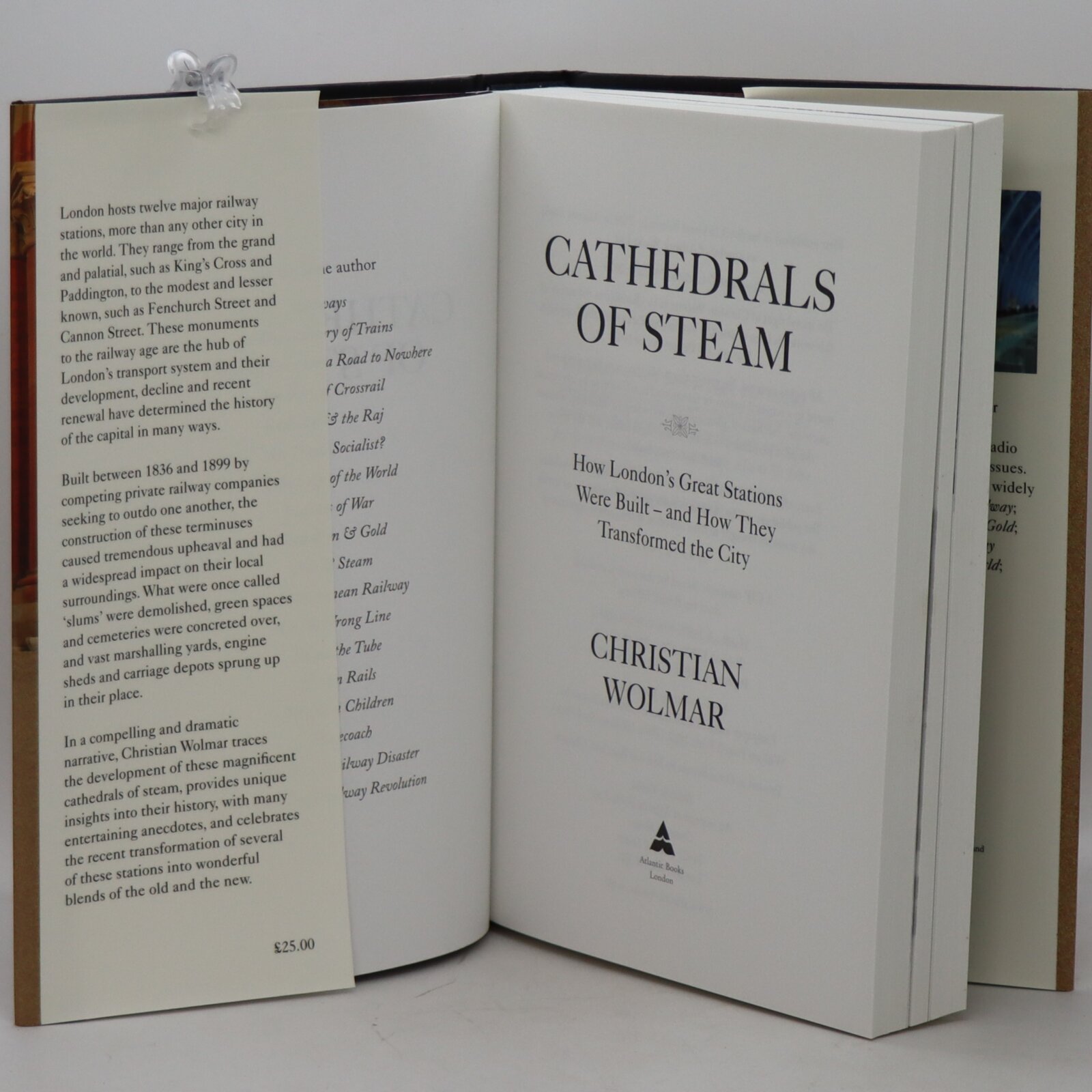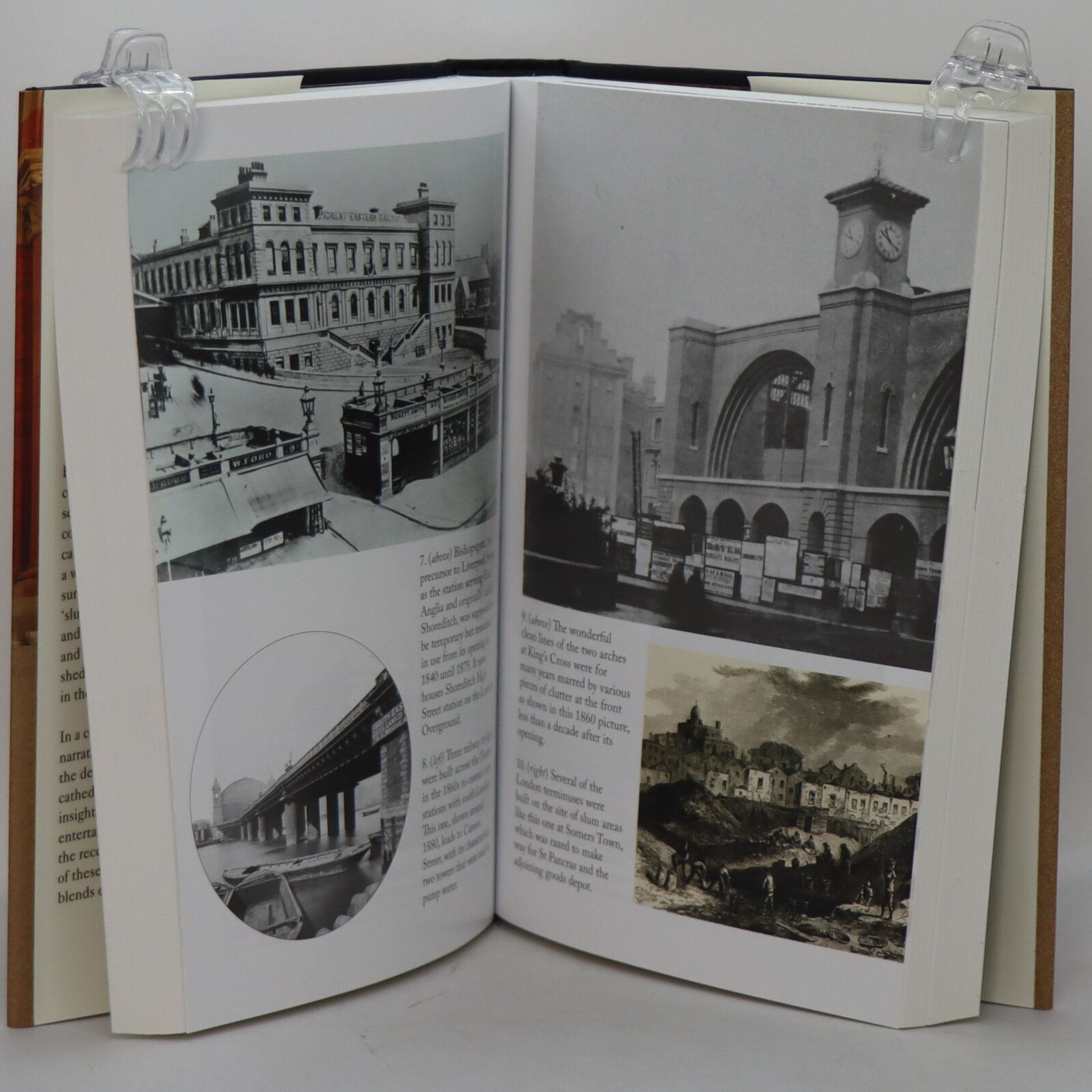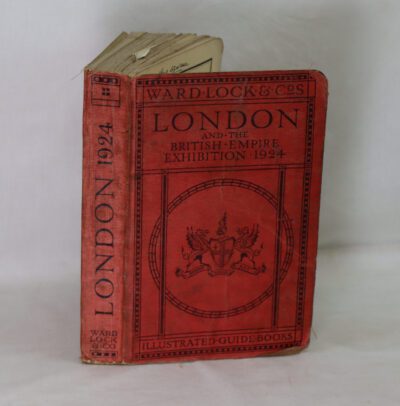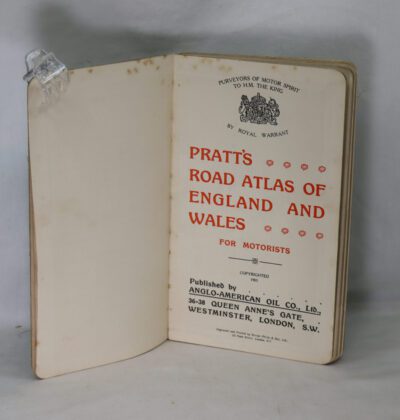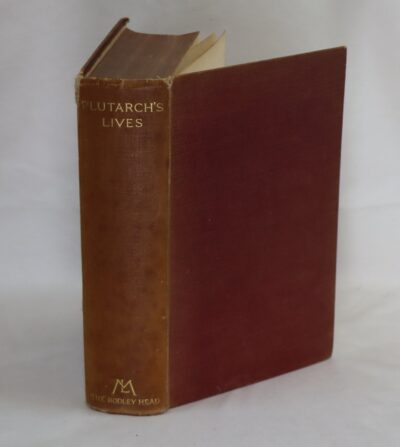Cathedrals of Steam.
By Christopher Wolmar
ISBN: 9780231509305
Printed: 2020
Publisher: Atlantic Books. London
Edition: First edition
| Dimensions | 17 × 24 × 4 cm |
|---|---|
| Language |
Language: English
Size (cminches): 17 x 24 x 4
Condition: Fine (See explanation of ratings)
Item information
Description
In the original dustsheet. Black cloth binding with red gilt title on the spine.
F.B.A. provides an in-depth photographic presentation of this item to stimulate your feeling and touch. More traditional book descriptions are immediately available.
How London’s Great Stations Were Built – And How They Transformed the City.
London hosts twelve major railway stations, more than any other city in the world. They range from the grand and palatial, such as King’s Cross and Paddington, to the modest and lesser known, such as Fenchurch Street and Cannon Street. These
monuments to the age of the train are the hub of London’s transport system and their development, decline and recent renewal have determined the history of the capital in many ways.
Built between 1836 and 1899 by competing private train companies seeking to outdo one another, the construction of these terminuses caused tremendous upheaval and had a widespread impact on their local surroundings. What were once called ‘slums’ were demolished, green spaces and cemeteries were concreted over, and vast marshalling yards, engine sheds and carriage depots sprung up in their place. In a compelling and dramatic narrative, Christian Wolmar traces the development
of these magnificent cathedrals of steam, provides unique insights into their history, with many entertaining anecdotes, and celebrates the recent transformation of several of these stations into wonderful blends of the old and the new.
Want to know more about this item?
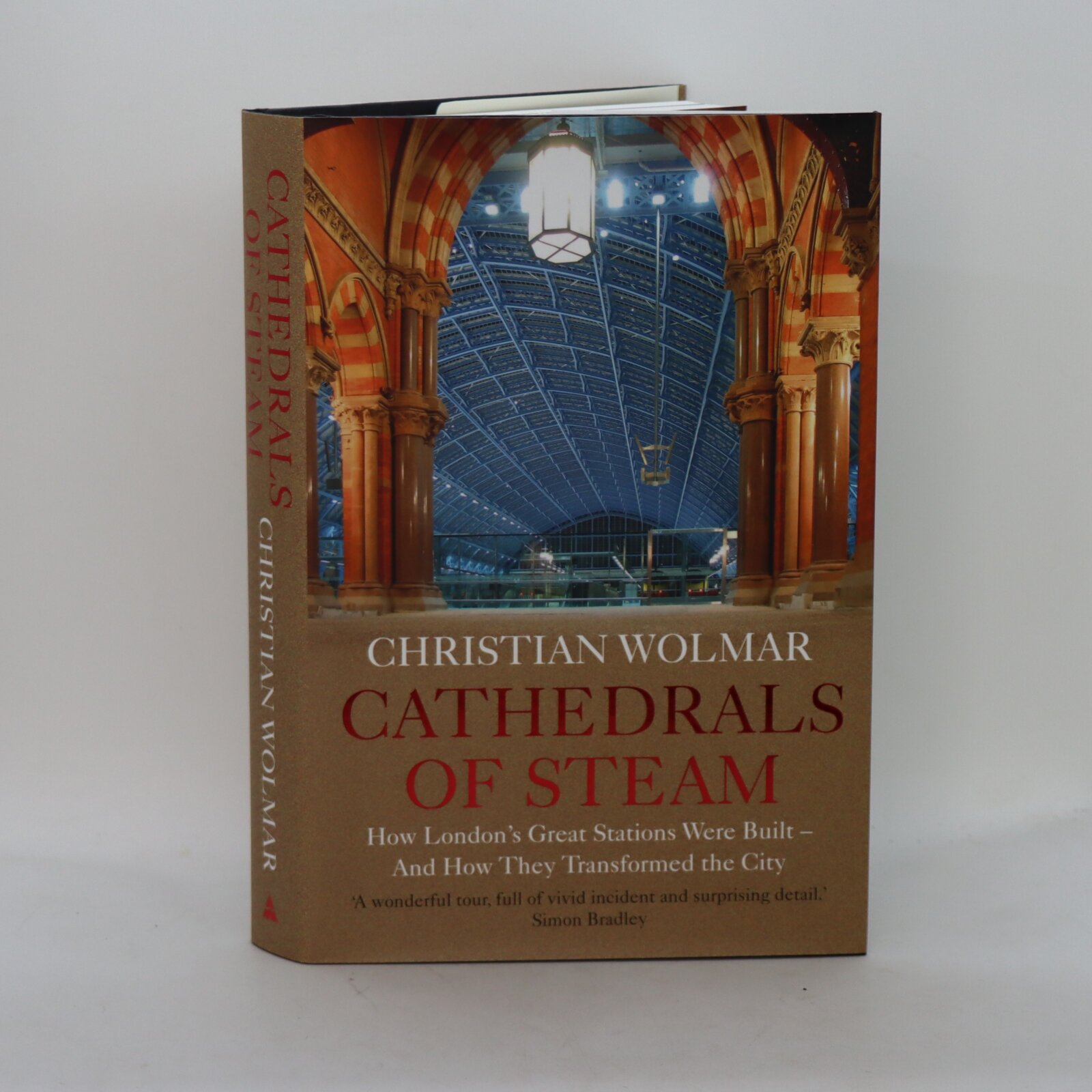
Share this Page with a friend

